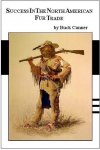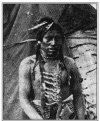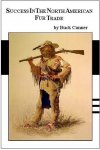AllenClapp
Elite Cafe Member
For anyone engraving the old stuff, Engraving Historic Firearms by John C. Schippers (available on atFEGA.com and engraver.com websites and other places) is a great resource. It is full of photos of both original and reproduction engraved firearms and includes instruction on how many of the cuts were made. Great book! Get two: one to sleep on and one to cover up with. It is that good.




















